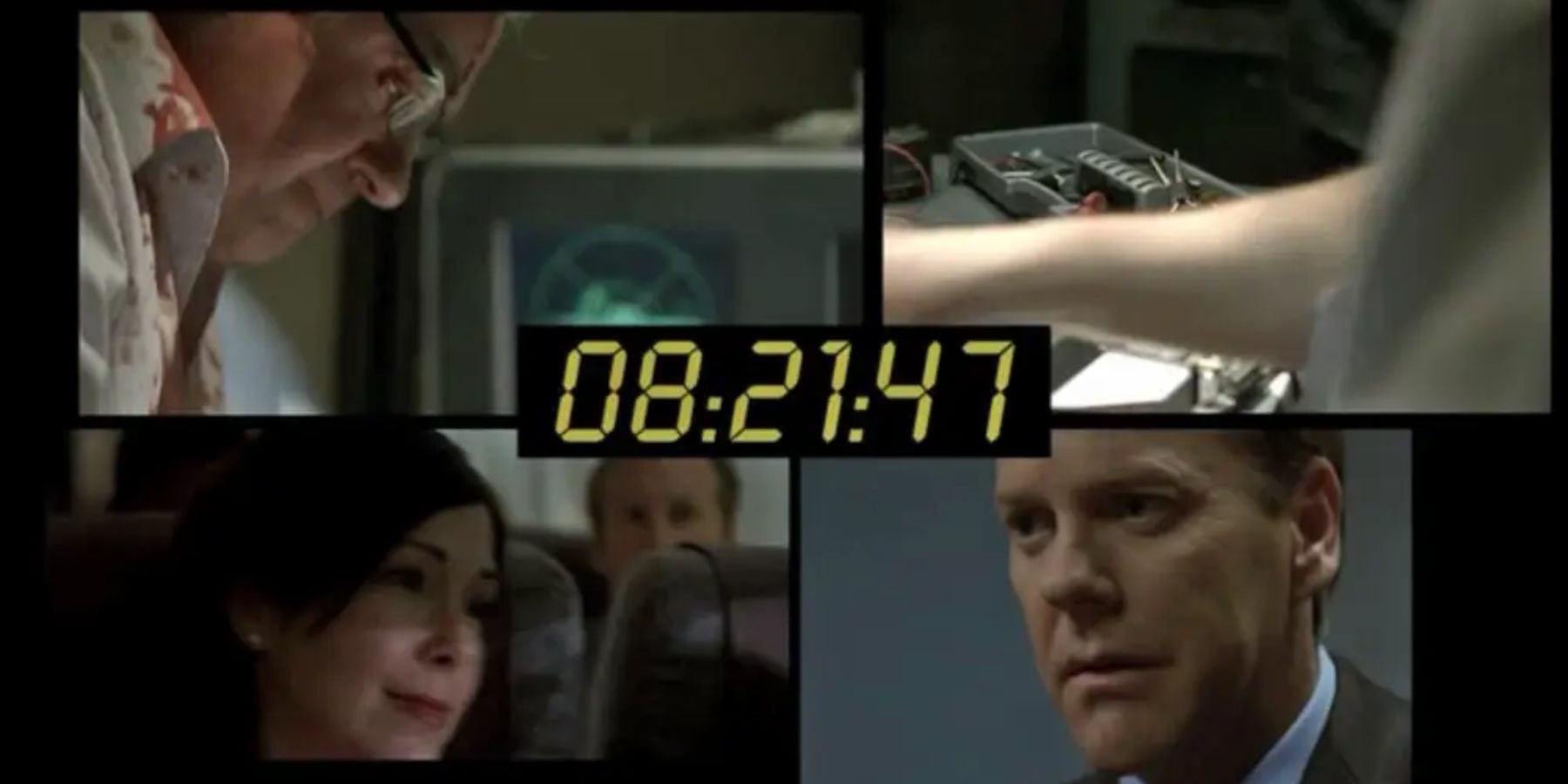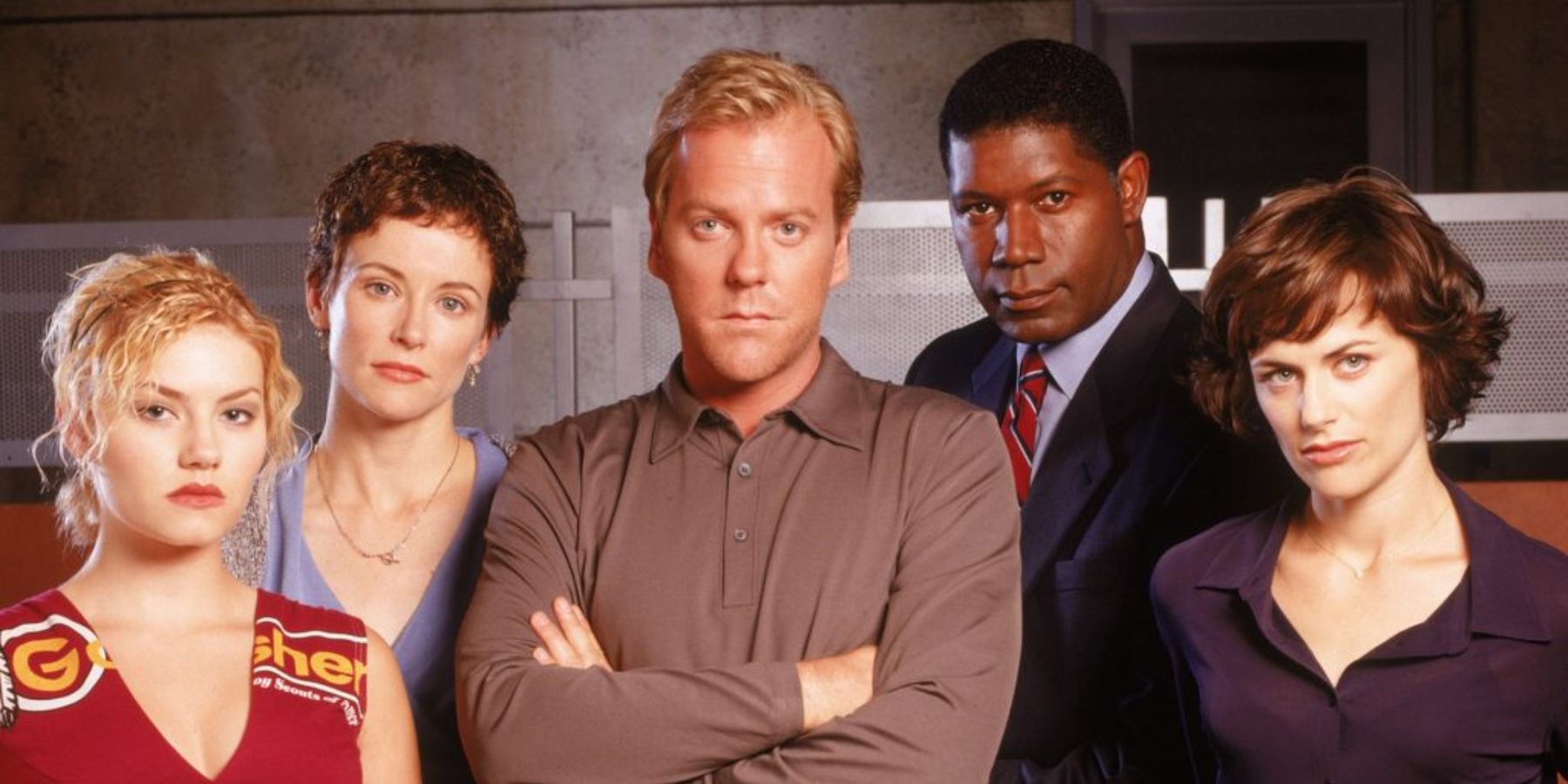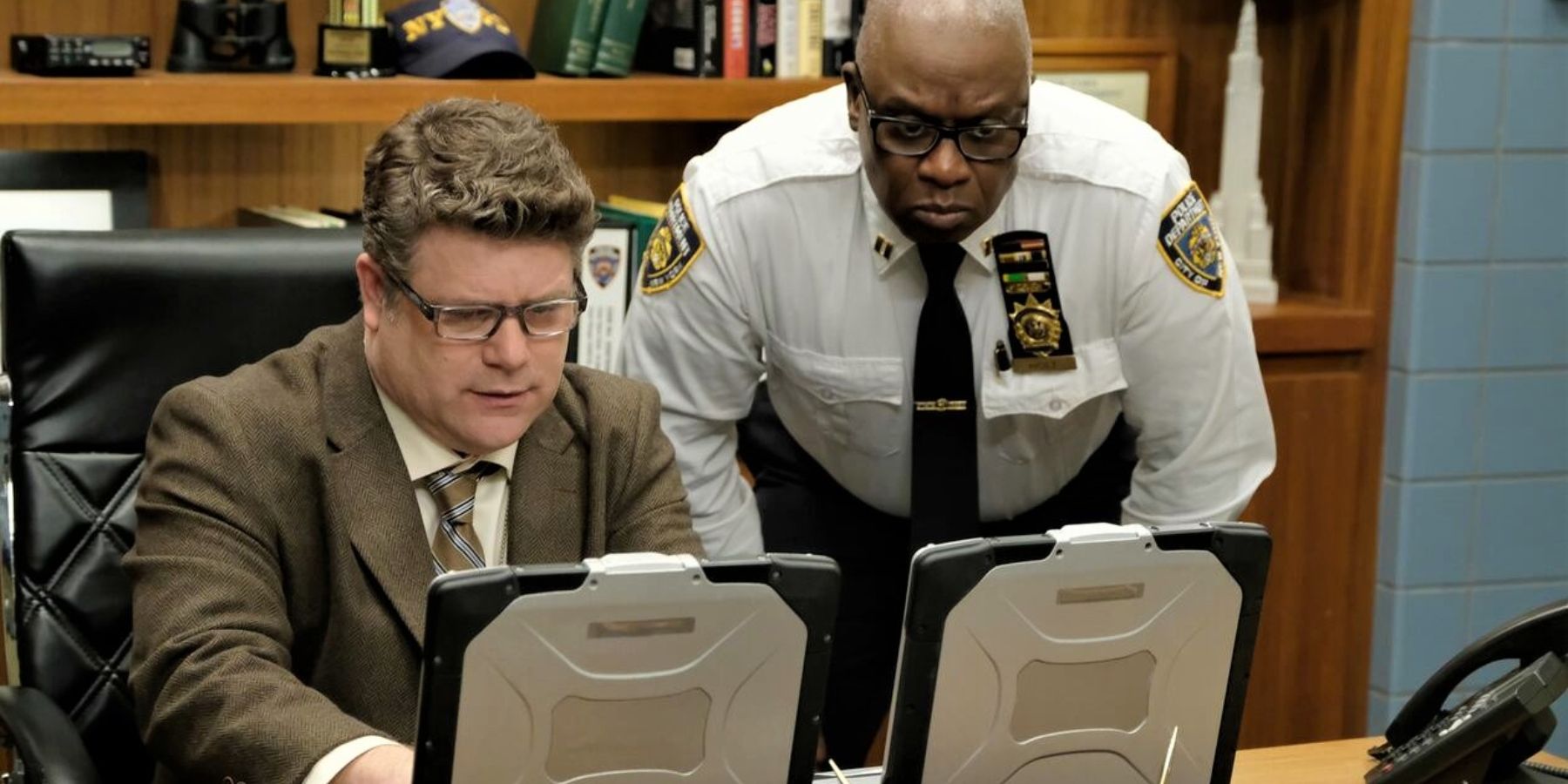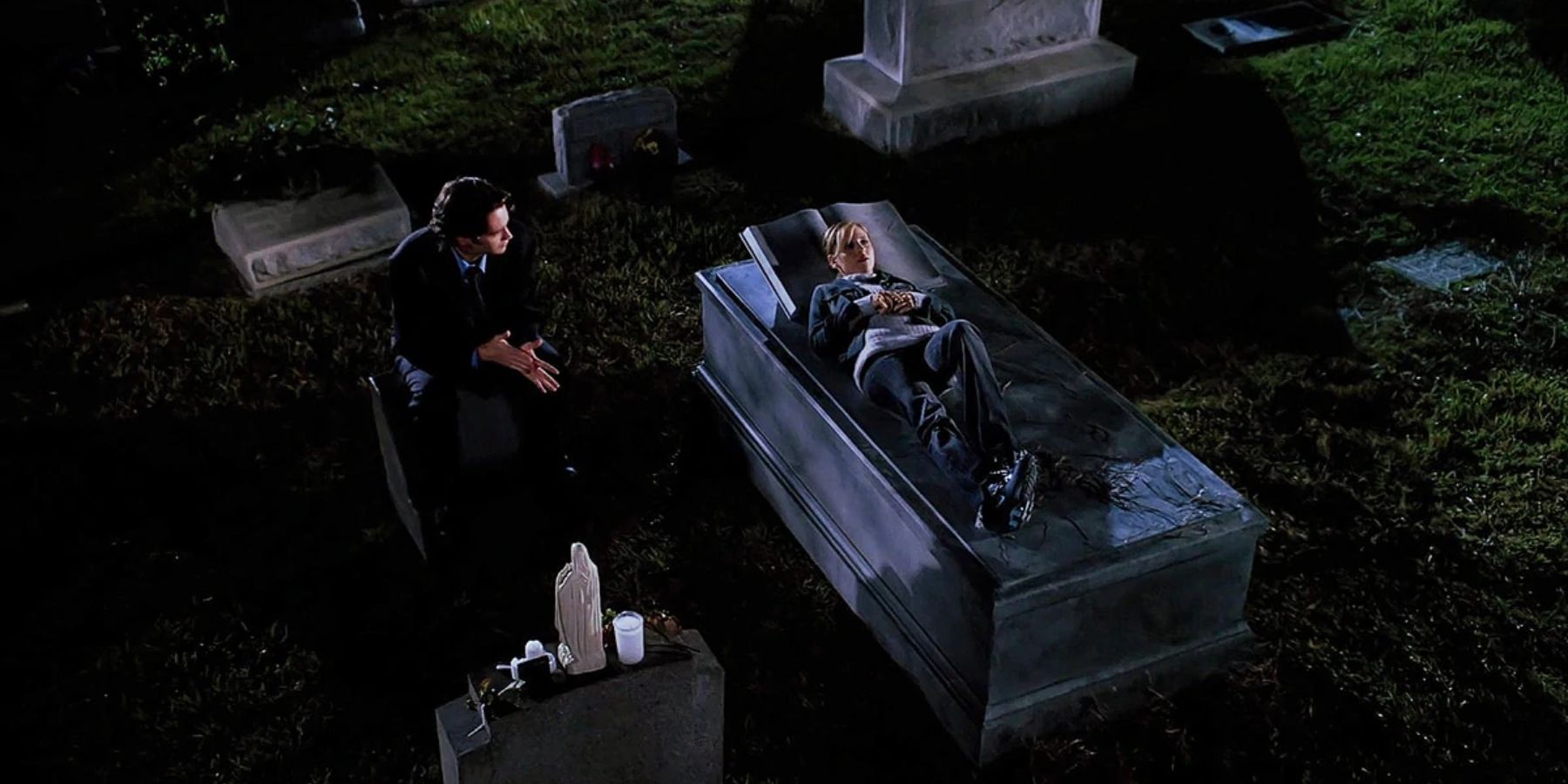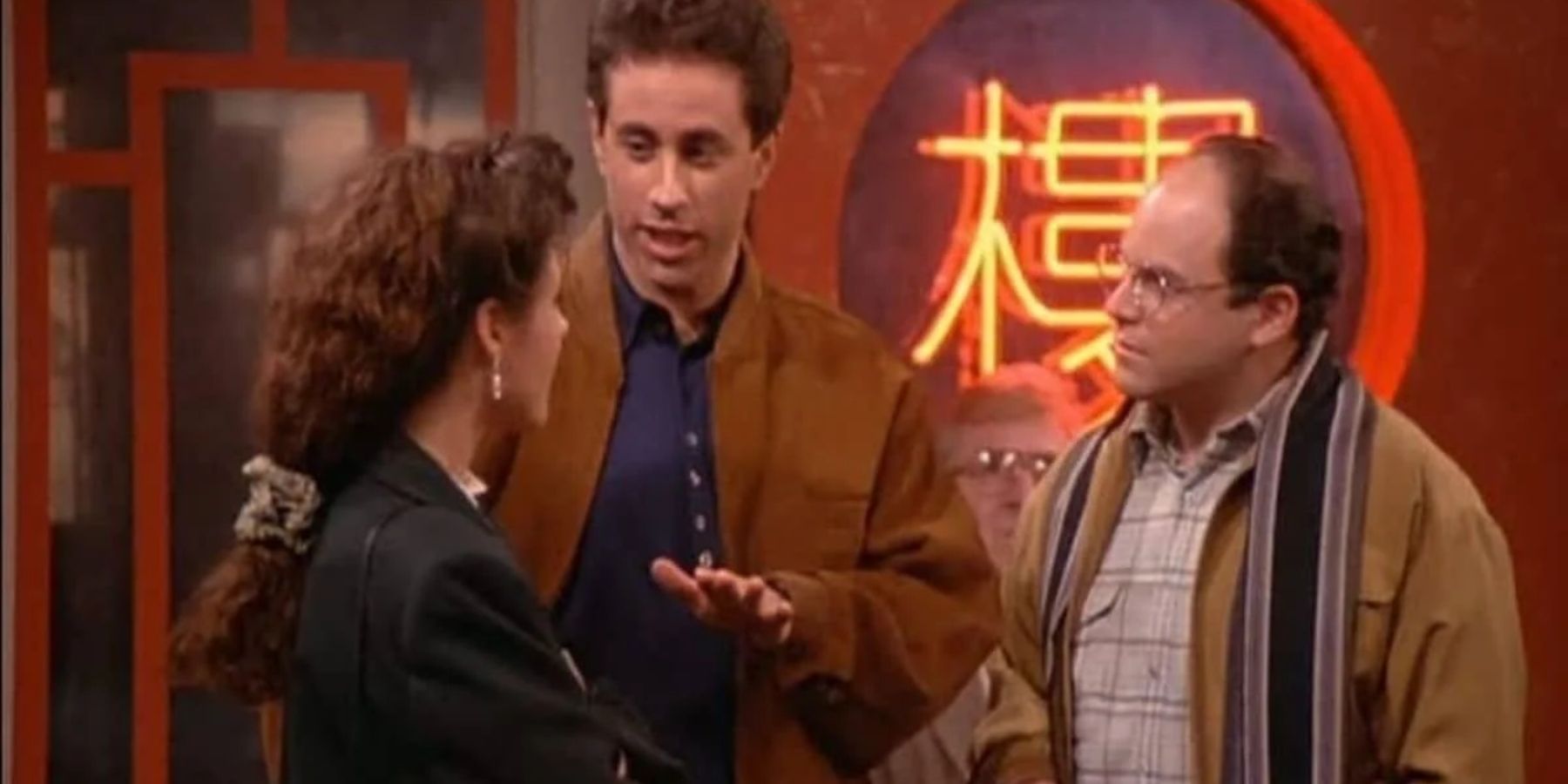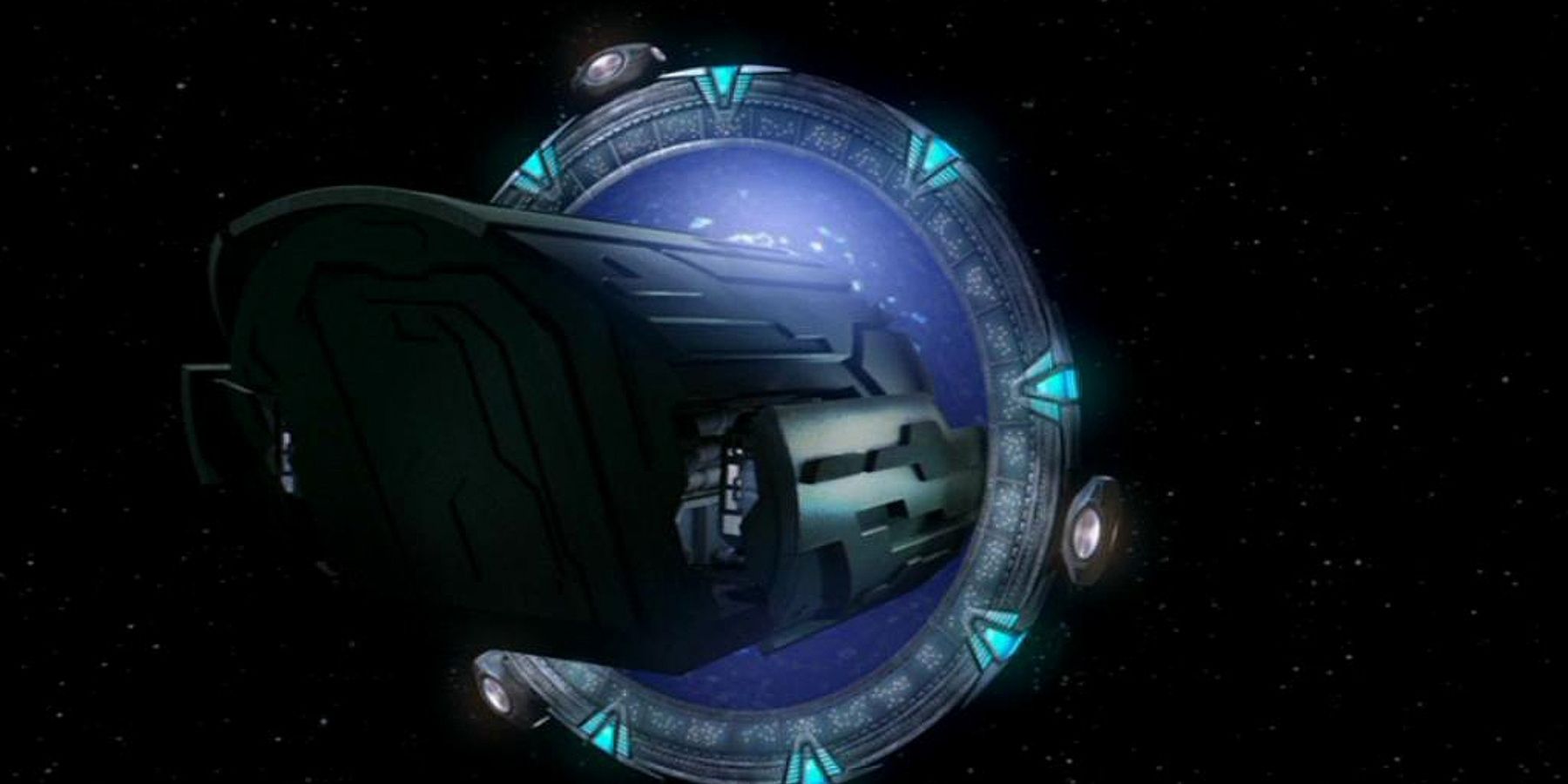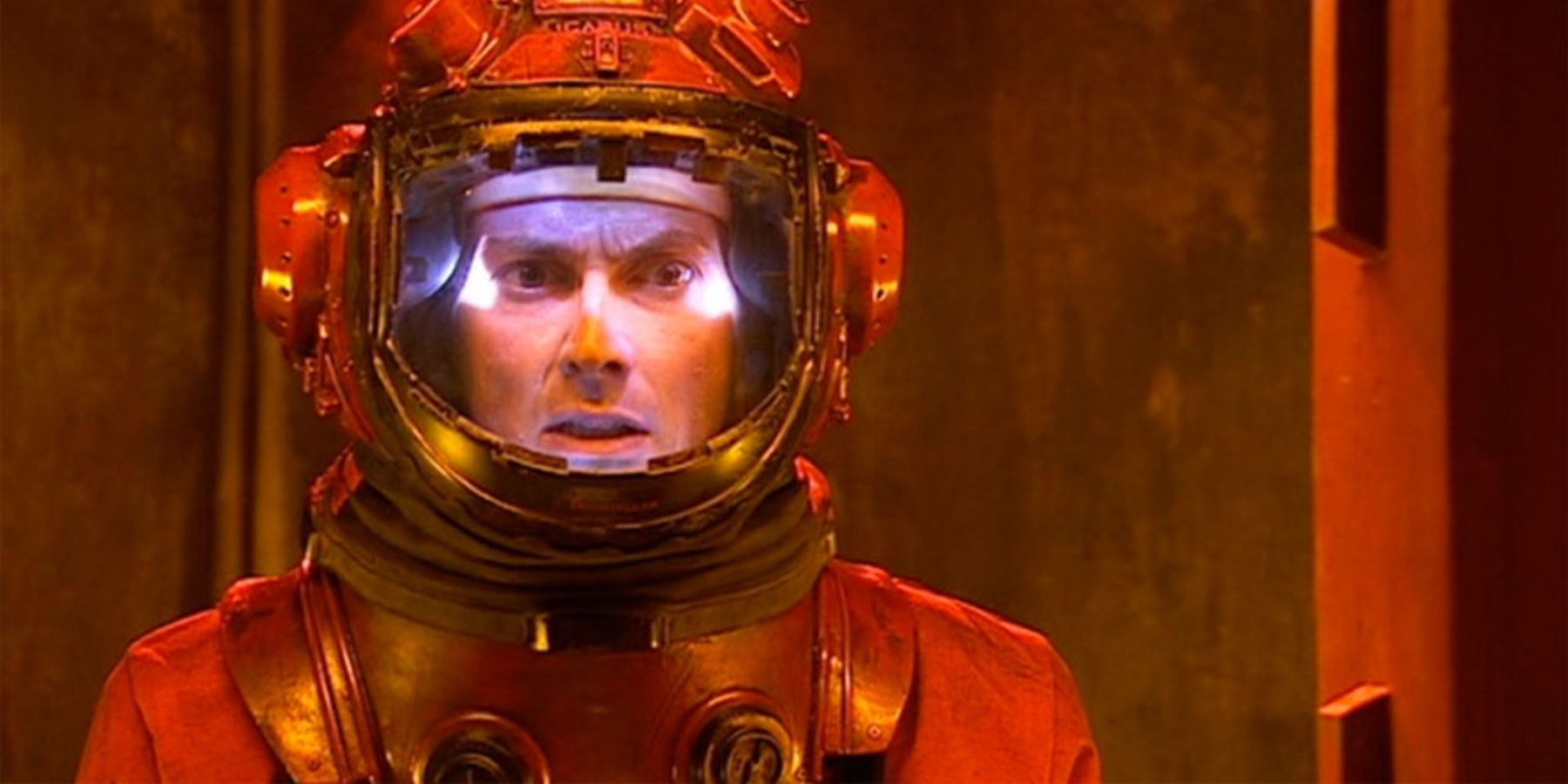When it comes to watching television, viewers are looking for an experience that is both familiar and unique. Part of what makes television so appealing is that it allows us to see life from a different perspective and scenario. For viewers to feel immersed in the experience of what they’re watching, it has to have elements that the audience can connect to, which is where the familiarity factor comes in. However, if what they’re watching is too familiar, the series will feel boring because it doesn’t offer viewers anything they don’t already have.
As a result of this, not many television shows usually follow a real time story structure. It can be very complicated to take common-knowledge elements of life and sell them back to the audience in a way that’s appealing. Following different worlds or different times is one of the easiest ways to pique the interests of viewers, but that’s not to say that real-time storylines can’t find the same success.
Perhaps the most popular example of a television series that follows a real time storyline is 24, though there has been some controversy over whether it genuinely follows real time. What made this series so successful is how it cleverly built suspense in a genre that already relies heavily on suspense. The inclusion of the clock counting down in this series heightens that even more by reminding the audience of the emphasis on time in this show.
Because of the precise planning required for writing in real time, it is more common for singular works, like movies or individual episodes, to follow a real time format. There is actually a pretty decent list of television shows that attempted a real time episode, but a few in particular stood out to viewers as memorable. What makes these examples impressive doesn’t come down to genre, but rather, how they’re approached. In fact, there are examples from multiple decades, and multiple genres, of television episodes that achieved real time.
Brooklyn Nine-Nine – “Ticking Clocks”
Brooklyn Nine-Nine is a comedy series that follows a precinct of the NYPD, whose unorthodox mentalities and approaches to their work make the series so comical. The real time episode in this series takes place in the sixth season, as the fourteenth episode.
In this episode, the use of real time is meant to reflect the pressure of racing against the clock to stop a hacker. Though the series is a comedy and there are plenty of hilarious hiccups in the episode, the use of real time still adds the element of intensity that keeps us grounded in the setting/environment of the show.
Buffy the Vampire Slayer – “Conversations with Dead People”
This fantasy/drama series is centered around the experiences of a young woman who is destined to fight evil beings, like vampires and demons. This particular episode takes place in the final season of the show, the seventh. It is the seventh episode and features a time card with the title at the beginning of the episode to suggest the focus on time.
The use of real time in this episode is to track the timeline of the conversations and interactions that take place in it. The episode was so well done that it even went on to win a Hugo Award.
Seinfeld – “The Chinese Restaurant”
The 90s comedy series Seinfeld spanned an entire decade for a reason. This particular episode was among its most popular (despite the difficulties it experienced in being produced) and is the eleventh episode of the second season. The episode uses no scene breaks, and even incorporates the commercial breaks into the real time structure.
The episode follows the gang as they decide to eat at a Chinese restaurant without a reservation, before going to see the one-night viewing of a movie. However, they find themselves waiting for a long time to be seated at a table, making it an unusual take on racing against the clock. This is certainly a more unique approach to a real time story because the intensity of the situation is much milder than the other examples, heightening the humor in using such a suspenseful storytelling tool.
Stargate Atlantis – “Thirty-Eight Minutes”
This sci-fi show explores the mission of an international team of scientists that have discovered a new enemy species, and this episode is the fourth of the very first season. It focuses on the amount of time that the characters have to escape being stuck in the stargate before it shuts down, leading to their demise.
Again, the real time set-up represents racing time, and fluffs up the suspense, helping to pull the viewer in. This example is unique because the time limit actually helps the audience better understand how the stargate works. In other words, it makes the rules of the world a little clearer, while also making the story interesting.
Doctor Who – “42”
The final example is the seventh episode of the third series of Doctor Who, a sci-fi drama series — though, this series actually has a few episodes that function in real time. The show takes viewers along on the adventures through time and space of an alien called Doctor, and his friends from Earth.
The episode actually references a few shows known for their real time storylines, although it uses the structure to sort of create a timer for the team. Like “Thirty-Eight Minutes,” this episode is a race to survive, but the number of complications added to this plotline make the episode feel almost like an obstacle course with a time limit.
Each of these examples, though quite different from each other in their approach, successfully captured what the benefits of using real time stories can be. While it isn’t always a successful approach, and it sometimes even hurts a story, in these cases it was a wise move. With each of these TV episodes, we see how the element of time can be applied to a story to heighten features of the genre, whatever that may be: comedy, suspense, believability in a fantastical world, etc. Perhaps, what makes it such an effective tool is that it is a topic that invokes a feeling that every person is familiar with somehow: racing against time.

